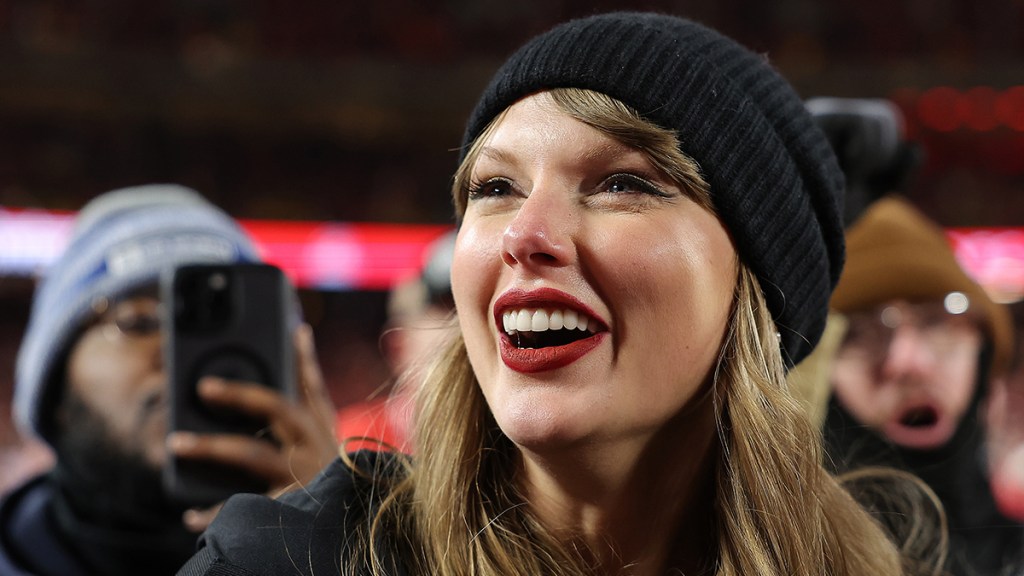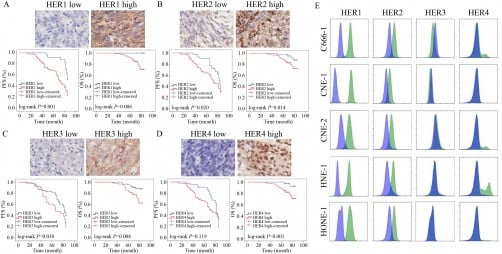Unlocking Flexibility: How Cow-Face Pose Transformed My Mobility

Practicing the cow-face pose, known as Gomukhasana in Sanskrit, has significantly improved my flexibility and mobility in just one week. This yoga stretch targets the hips, shoulders, and gluteal muscles, offering a comprehensive solution for those with tightness in these areas. After years of weightlifting and dealing with a rotator cuff issue in my left shoulder, I sought out this pose to address my increasing discomfort and improve my overall well-being.
Having entered my 30s, I have felt the repercussions of neglecting warm-ups and cool-downs during my 20s. To counteract this, I have incorporated more yoga into my routine, recalling the benefits of cow-face pose from past classes. With a commitment to practice it daily for a week, I was eager to discover its potential benefits for my glutes, hips, and shoulders.
Understanding Cow-Face Pose
To perform cow-face pose, begin by sitting on your yoga mat. Stack your knees and draw your heels close to your body. This position is intended to open the hips and glutes, providing a deep stretch that also promotes better posture. For the full expression of the pose, extend one arm overhead and bring the other arm behind your back to clasp hands, adjusting with a strap if necessary. This stretch can be modified by switching legs and arms to ensure an even distribution of tension.
While I am not a certified yoga instructor, I found the following steps helpful:
1. Start seated on your mat, crossing your right leg over your left.
2. Bend your knees so they are stacked.
3. Bring your right heel close to your left hip.
4. Bend your left knee and position the heel near your right hip.
5. Relax into the mat and maintain a tall spine.
6. Inhale as you reach your right arm out, then exhale to bend it behind your back, palm facing away.
7. Inhale again, extending your left arm upward, and exhale as you bend it behind your left shoulder.
8. Aim to clasp your hands behind your back, focusing on alignment and breath.
9. After holding the pose, switch sides.
Benefits Experienced After One Week
Over the course of my week-long practice, I dedicated 30 seconds per side, twice daily. Almost immediately, I noticed my shoulders felt more relaxed, and my hips began to feel less restricted. Interestingly, I felt more stretch in my glutes than in my hips, which I attributed to my natural tightness in that area.
Cow-face pose effectively targets the outer hips rather than the inner thighs, and while some may experience tension in their hip flexors, I found the stretch to be particularly beneficial for my glutes and the iliotibial band. Additionally, the static stretch on the triceps and shoulders temporarily enhanced my upper body flexibility, notably impacting my rotator cuff muscles.
As I held the pose, I sensed an improvement in my posture as well. The alignment encouraged by cow-face pose prompted me to sit taller, which had a noticeable effect on my thoracic spine. Incorporating deep breathing during the stretch helped me find a sense of calm and relaxation, despite the intensity of the pose.
Throughout my practice, I became increasingly aware of the differences between my left and right sides. My left shoulder displayed more tightness, making it difficult to clasp my hands behind my back when my left arm was on top. This imbalance prompted me to use a resistance band to assist in achieving the goal of the pose. Observing my knees also highlighted the asymmetry in my hips, a revelation that underscored the importance of alignment in yoga.
For anyone considering incorporating cow-face pose into their routine, it is essential to listen to your body. There is a distinction between a challenging stretch and one that causes pain. On days when I felt particularly tight, sitting on a yoga block improved my alignment and comfort. Consulting a qualified yoga instructor can also provide valuable guidance on modifications and proper technique.
In conclusion, rediscovering cow-face pose has been a rewarding experience. After just one week, I noticed tangible improvements in my shoulder flexibility and overall mobility. While true mobility involves a range of exercises, cow-face pose stands out as a valuable addition for those looking to enhance flexibility and relieve tightness in the hips and shoulders. With some adjustments, it remains accessible for most practitioners.






